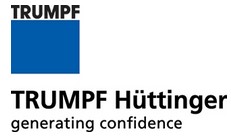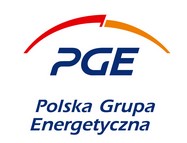EPE 2017 ECCE Europe
The Power Electronics community gathered in Warsaw, Poland, from 11 to 14 September 2017, to exchange views on research progresses and technological developments in the various topics described hereunder.
On Monday 11 September a number of tutorials was organised and several technical visits took place on Friday 15 September.
The 19th Conference on Power Electronics and Applications (and Exhibition), EPE’17 ECCE (Energy Conversion Congress and Expo) Europe was co-sponsored by the EPE Association and IEEE PELS. It took place in the Palace of Culture and Science (PKIN) in the city center of Warsaw.
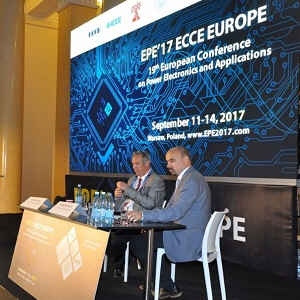
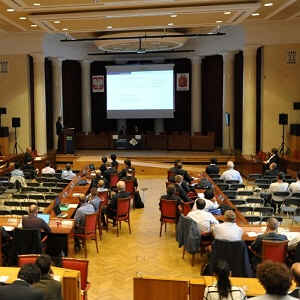
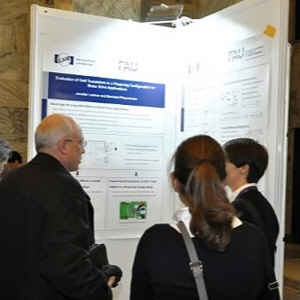
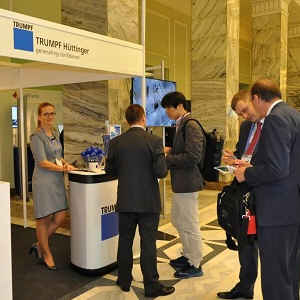
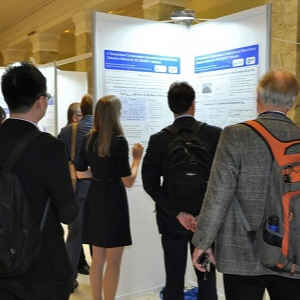
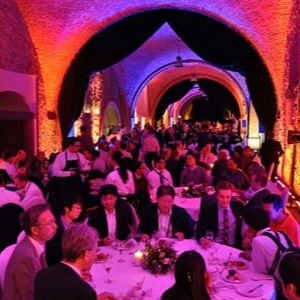
Conference Chairman
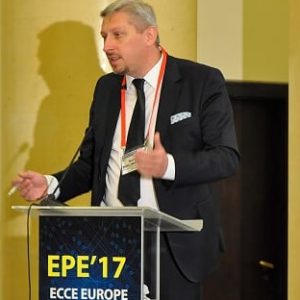
Prof. Dr. Mariusz Malinowski
Warsaw University of Technology
Topics
Transition in mass and individual transportation is happening right now as we see particularly in Europe. The number of vehicles powered by electric motors, from small motorcycles to large buses, is growing. The first countries plan to suspend the registration of cars with internal combustion engines. Charging stations are becoming part of the landscape of our cities. As all great changes in the history of our civilization this transition will take years, and the final result will be, most likely, different from today’s expectations. One only thing is for sure – it will not happen without power electronics. The same statement is true for the more and more popular renewable energies, which together with the e-mobility are reducing CO2 emissions and, therefore, limit climate changes. Also, increasing the efficiency of power supplies reduces electrical energy consumption and may be counted as another way to reach that goal. Power electronics is also becoming crucial in electric power systems, as it includes more distributed electricity generation and various types of energy storage technologies. In response to all these challenges, novel topologies, control structures and power components are being introduced to improve performance of power electronics systems. Especially, new wide bandgap materials (SiC & GaN) are a serious chance for a big step forward in a broad range of applications. A wide spectrum of topics will be addressed during the largest European conference in power electronics – EPE’17 ECCE Europe. Researchers, application engineers and experts from academia and industry will meet to discuss and exchange ideas.
1.a. Active components
1.b. New materials and active devices
1.c. Passive components
1.d. Power system integration, packaging & thermal management
1.e. Reliability
2.a. Hard & soft switching techniques
2.b. Advanced power converter topologies
2.c. Power factor correction techniques
3.a. Standard and advanced control techniques for power converters
3.b. Application of control methods to electrical systems
3.c. Estimation and identification methods
3.d. Computational intelligence in control systems
3.e. Measurement techniques
3.f. Sensors
4.a. Electrical Machines
4.b. Adjustable speed drives
4.c. High performance drives
4.d. Motion control, robotics, special drives
5.a. Wind energy systems
5.b. Solar energy systems
5.c. Other renewable energy systems
5.d. Energy storage systems
6.a. Power electronics in transmission and distribution systems
6.b. HVDC & FACTS
6.c. Micro-grids
6.d. Smart grids
6.e. Power quality issues (including HF phenomena)
6.f. Fault coordination and protection of DC grids
7.a. Low voltage DC power supplies
7.b. High voltage DC power supplies
7.c. Distributed power supplies
7.d. Uninterruptible power supplies (UPS)
7.e. Electronic ballasts and solid state lighting
7.f. Contactless power supplies
8.a. Electric propulsion systems for electric vehicles
8.b. Power converters for electric vehicles
8.c. Batteries, active and passive Management Systems (BMS)
8.d. EV´s battery chargers: contact and contactless
8.e. Standards and regulations
9.a. Energy conversion and conditioning technologies in the industry (cement, steel, paper, textile, mining, etc…)
9.b. Power electronics in aerospace and space applications
9.c. Rail vehicles
9.d. Marine applications (offshore and ships)
9.e. Energy conversion and conditioning technologies in physics research and related applications
9.f. Pulse applications, including passive components and transducers for power pulses
10.a. Education in electrical engineering, improving attractiveness
10.b. Education policy in Europe
Tutorials
The following tutorials were organised on Monday 11 September 2017, prior to the conference. They took place at the Centre for Innovation and Technology Transfer Management of Warsaw University of Technology:
Drazen Dujic, Marko Mogorovic
Power Electronics Laboratory – PEL, Swiss Federal Institute of Technology – EPFL, Lausanne, Switzerland
Johan Kolar, Dominik Bortis, Dominik Neumayr
ETH Zurich, Switzerland
Eckhard Wolfgang(1), Jacek Rudzki(2), Stefan Schmitt(3)
ECPE(1), Danfoss Silicon(2), Semikron(3)
Craig Hillman
DfR Solutions
Dushan Borojevich(1), Rolando Burgos(1), Jinjun Liu(2), Paolo Mattavelli(3), Zeng Liu(2)/(1)
Virginia Polytechnic Institute & State University, US(1), Xi’an Jiaotong University, China(2), University of Padova, Italy(3)
Ralph Kennel(1), José Rodríguez(2), Marian Kazmierkowski(3)
Technische Universitaet Muenchen, Germany(1), Universidad Técnica Federico Santa María, Valparaiso, Chile(2), Warsaw University of Technology, Poland(3)
Remus Teodorescu, Maciej Swierczynski, Daniel Stroe
Aalborg University
Jon Andoni Barrena(1), Gonzalo Abad(1), Eneko Unamuno(1), Juan José Valera(2)
Argiñe Alacano, Mondragon University, Spain(1), Ingeteam Power Technology, Spain(2)
Ilknur Colak
Maschinenfabrik Reinhausen GmbH, Germany
Keynotes
The following keynotes were given during EPE’17 ECCE Europe:
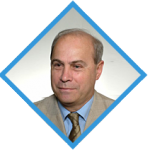
Zbigniew Hanzelka
AGH University of Science and Technology, Poland
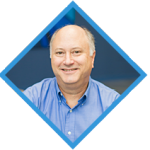
John Palmour
Wolfspeed, US
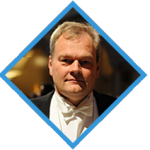
Per Ranstad
GE Power Sweden AB, Sweden
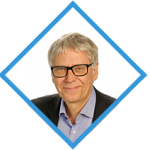
Alfred Rufer
EPFL, Switzerland
Technical Visits
The following Technical Visits were organised in the frame of EPE’17 ECCE Europe:
On this tour we will visit TRUMPF Hüttinger, a leading global manufacturer of power supplies for plasma based coating processes, induction heating and CO2 laser excitation. TRUMPF Hüttinger has development and production sites in Poland, Germany and the USA. The tour will guide us to the plant in Zielonka n/Warsaw, a DC Competence centre of TRUMPF Hüttinger, which in order to meet the latest criteria for efficiency and quality constantly expands its premises.
The company’s products supply the required process energy in many high-tech industries; plasma generators from TRUMPF Hüttinger support the functional coating of solar cells and microchips, among other applications. The company is the market leader in coating processes for manufacturing flat screens and architectural glass. TRUMPF Hüttinger induction generators cover a broad application spectrum ranging from classic applications such as hardening, annealing and soldering to high-tech processes like crystal growing.
On this tour we will visit the ABB ENVILINE™ Energy Storage System, the first European Energy Storage System in Subways and the largest of its kind in the world) and the Power Electronics and Applications Research laboratories of the Warsaw University of Technology (WUT).
The tour will start at the WUT with a short presentation about the ABB ENVILINE Energy Storage System. After that, the tour will take us, by the Warsaw Subway, to the Stadion Narodowy Subway line 2 substation, where the ENVILINE Energy Storage System is installed. Subway line 2 is one of the largest projects in Warsaw. The central section of the line is 6.1 km long and links the eastern Praga district with the downtown and western districts via a tunnel running eight meters below the Vistula river. The line, an investment of around one billion Euro, was opened in March 2015 and serves since about 100,000 commuters per day. The central section of Warsaw’s Subway line 2 is powered by seven underground substations – installed by ABB – providing DC traction power to the line and AC auxiliary power to the Subway stations. Four combined traction and auxiliary substations are equipped with four transformer-rectifier groups each to ensure redundancy and uninterrupted power supply, while the remaining three AC substations provide high-quality power to stations and commercial loads. To improve the ecological footprint of the new east-west connection, the Stadion Narodowy substation is equipped with a super-capacitor-based DC wayside Energy Storage System. The 40-megajoule system recovers and stores braking energy from decelerating subway trains and makes it available again for acceleration. This special feature helps to reduce operating costs, while enhancing energy efficiency.
After this interesting visit, the tour will guide us back to the WUT, where the most interesting and important Power Electronics and Applications Research laboratories will be shown. Recent achievements in the field of Power Electronics and Applications will be presented by the members of our scientific teams from the Institute of Control and Industrial Electronics (ICIE). The teams from the Industrial Electronics Division and the Electrical Drives Division of ICIE are currently involved in the Projects related to renewable energy sources, intelligent solutions for smart grids, electric vehicles and light aircrafts, and others. Selected solutions in these fields will be shown to the tour participants.
A guided tour through Warsaw, with highlights such as:
– the Palace of Science & Culture
– the Royal Łazienki Park
– Panoramic tour around main spots in Warsaw
– Old Town Sightseeing (walking tour) and
– Lunch in the Old Town area
Sponsors and Exhibitors
The following companies and institutions exhibited at EPE’17 ECCE Europe:
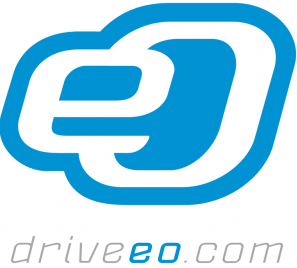

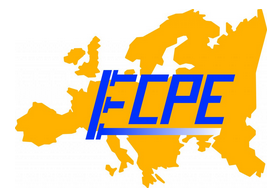


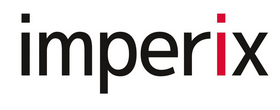
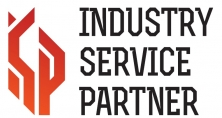


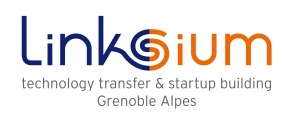
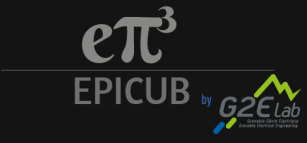

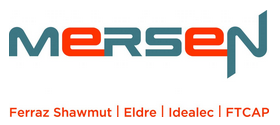
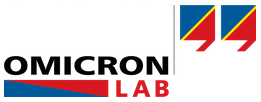

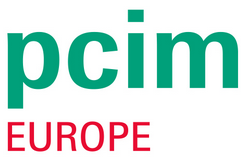

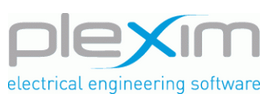
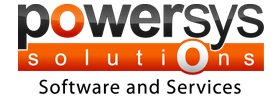

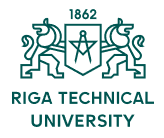



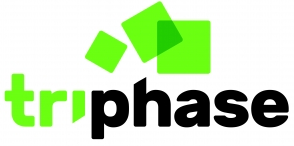
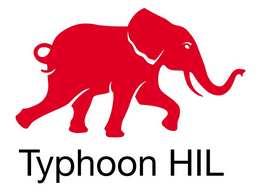

Proceedings
To access the proceedings of EPE’17 ECCE Europe (and other EPE & EPE ECCE Europe-Conferences), join EPE Association and/or log in here:
Statistics
Number of Participants:
Number of Presented Papers:
- Lectures:
- Dialogues:
Number of Lecture Sessions:
Number of Dialogue Sessions:
Number of Sponsors:
Number of Exhibitors:
913
502
132
370
32
40
1 Silver / 1 Brown
42 Exhibitors
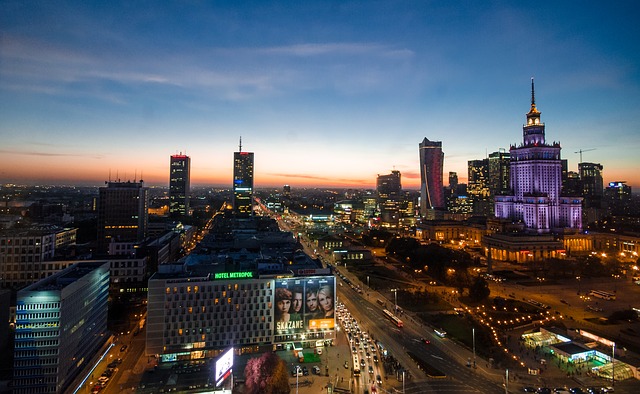
EPE’17 ECCE Europe Conference Website:

